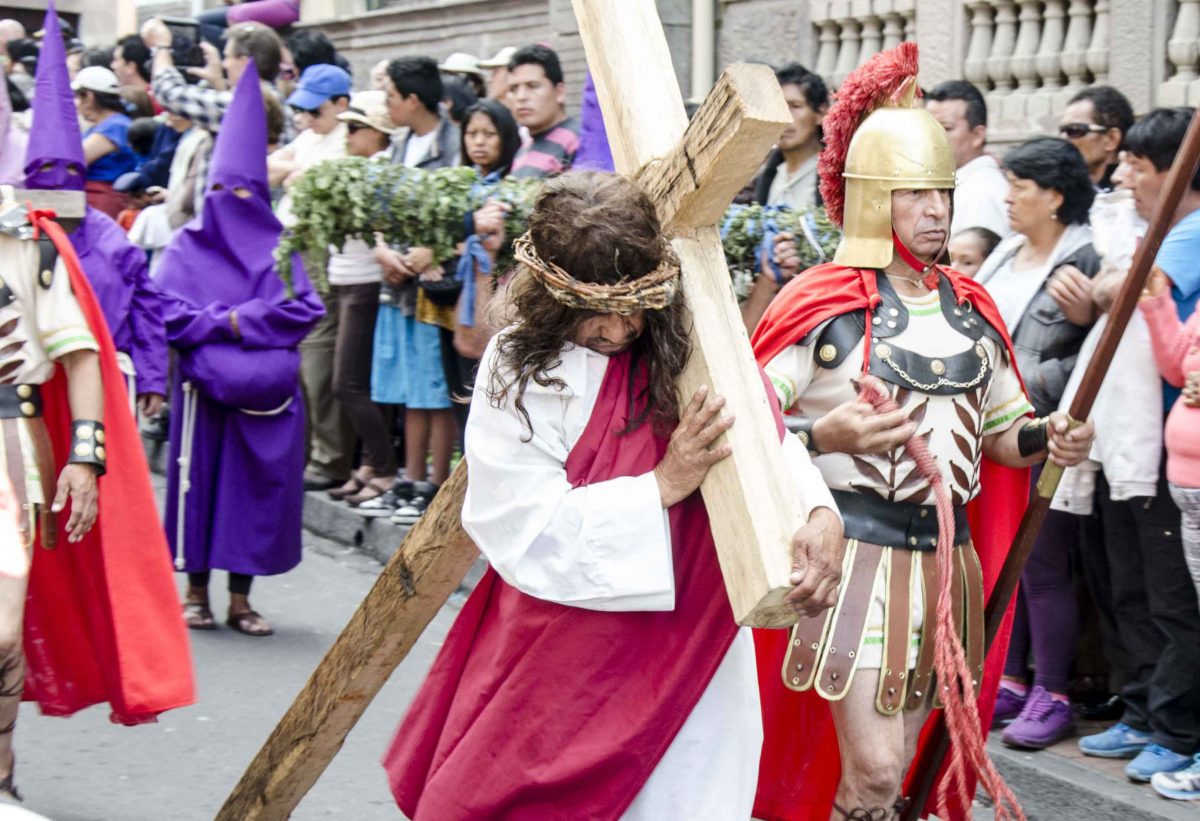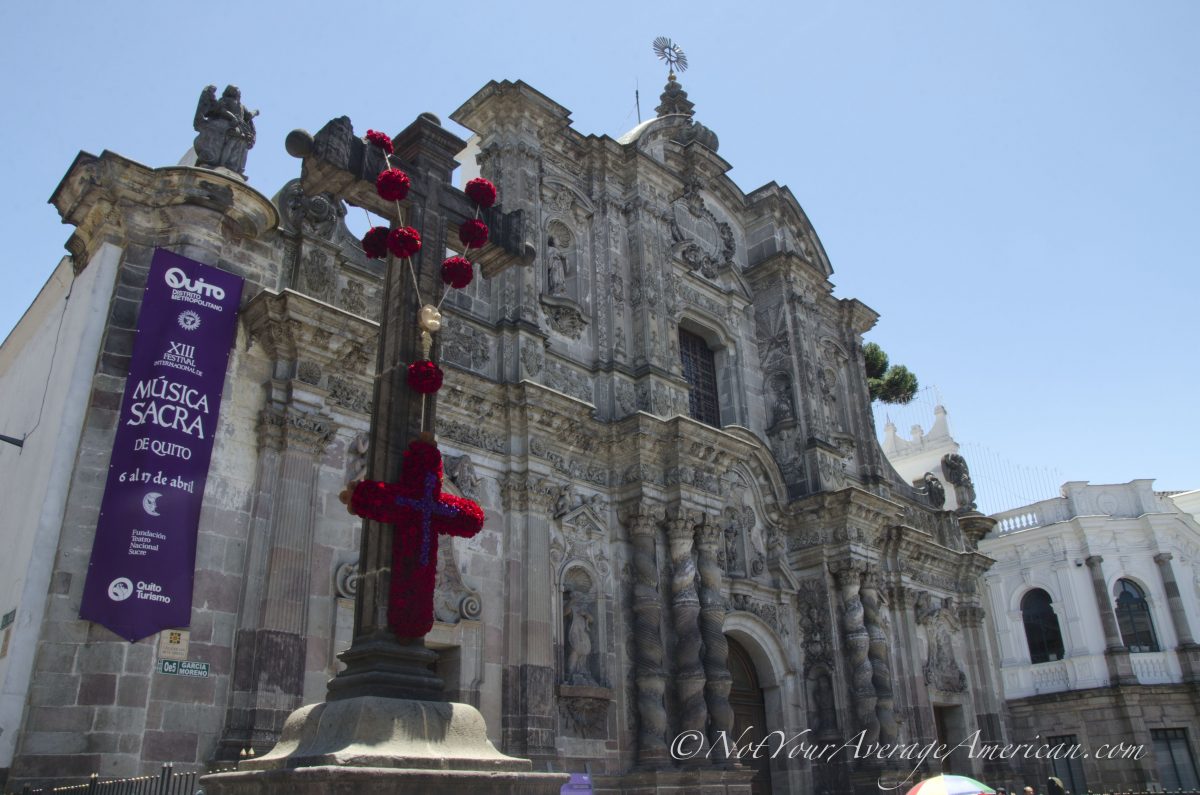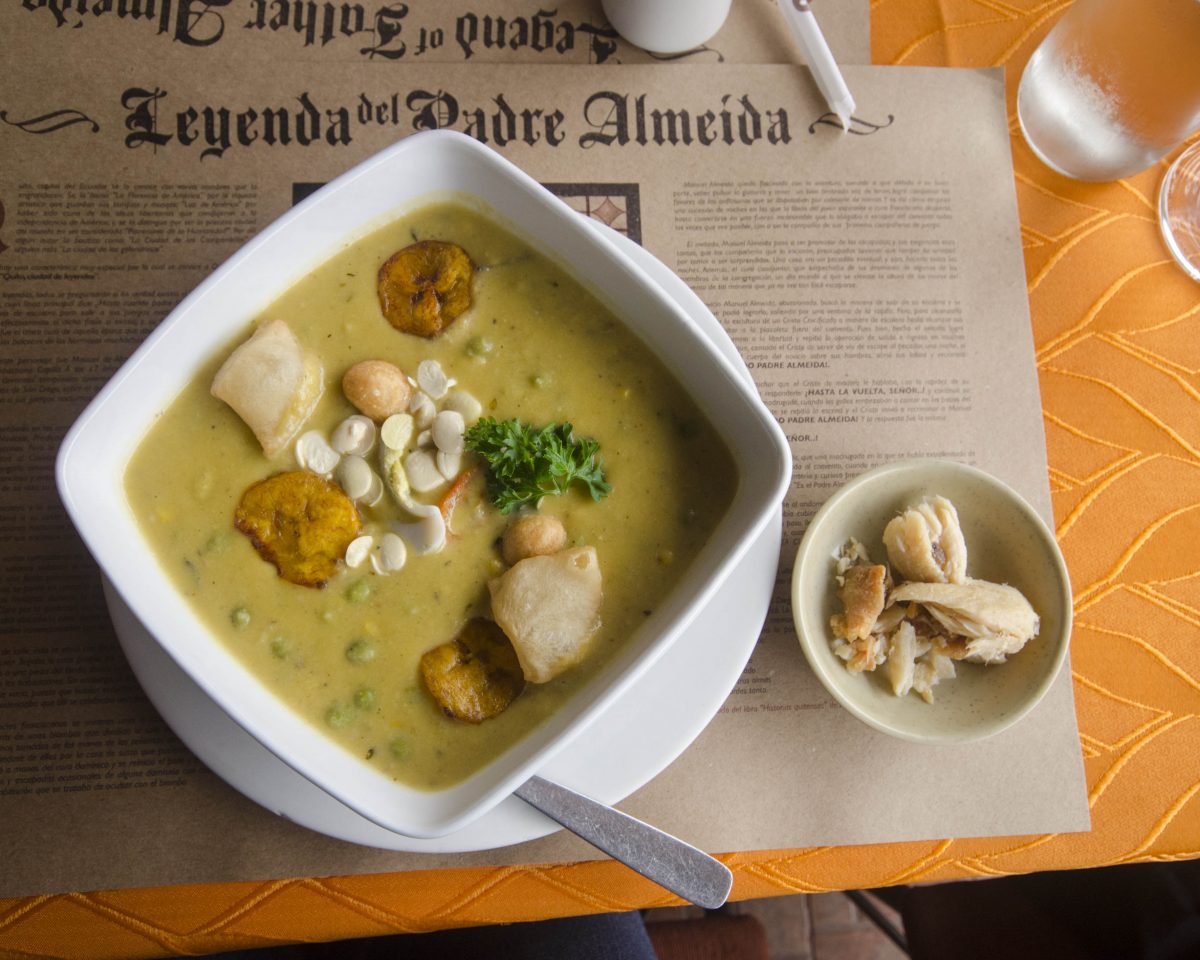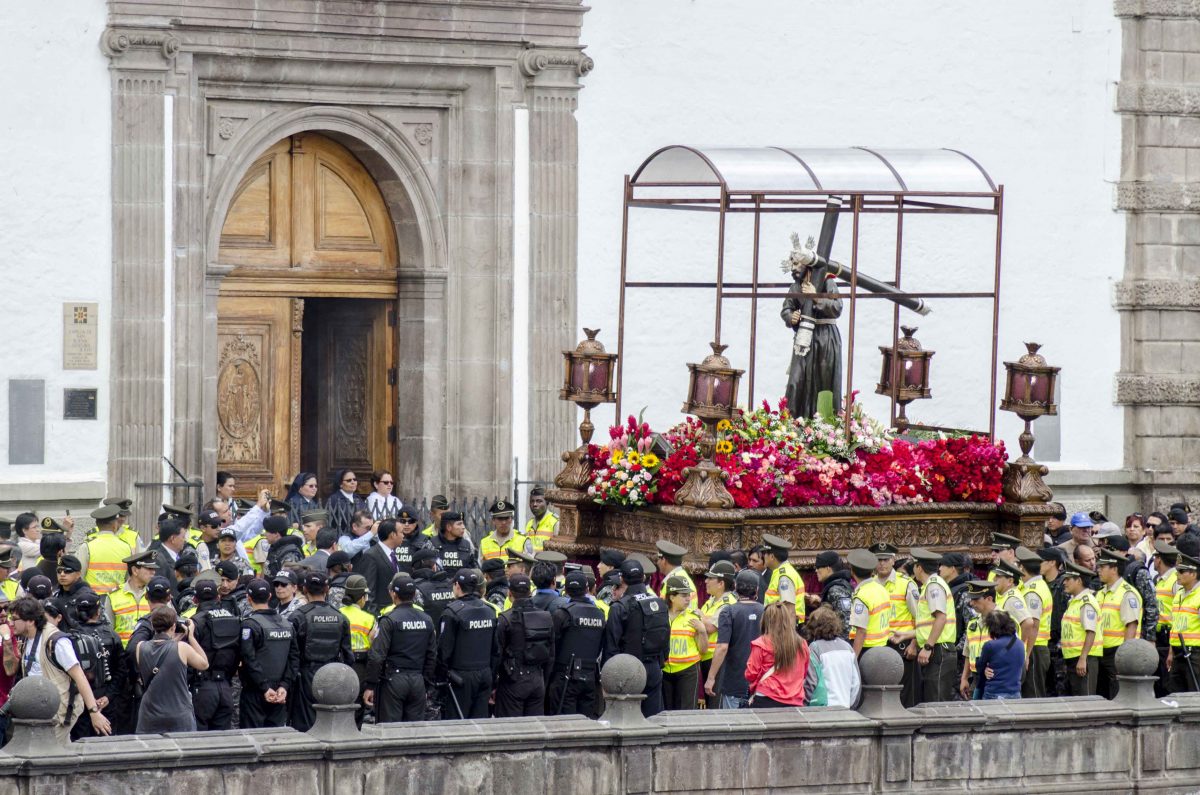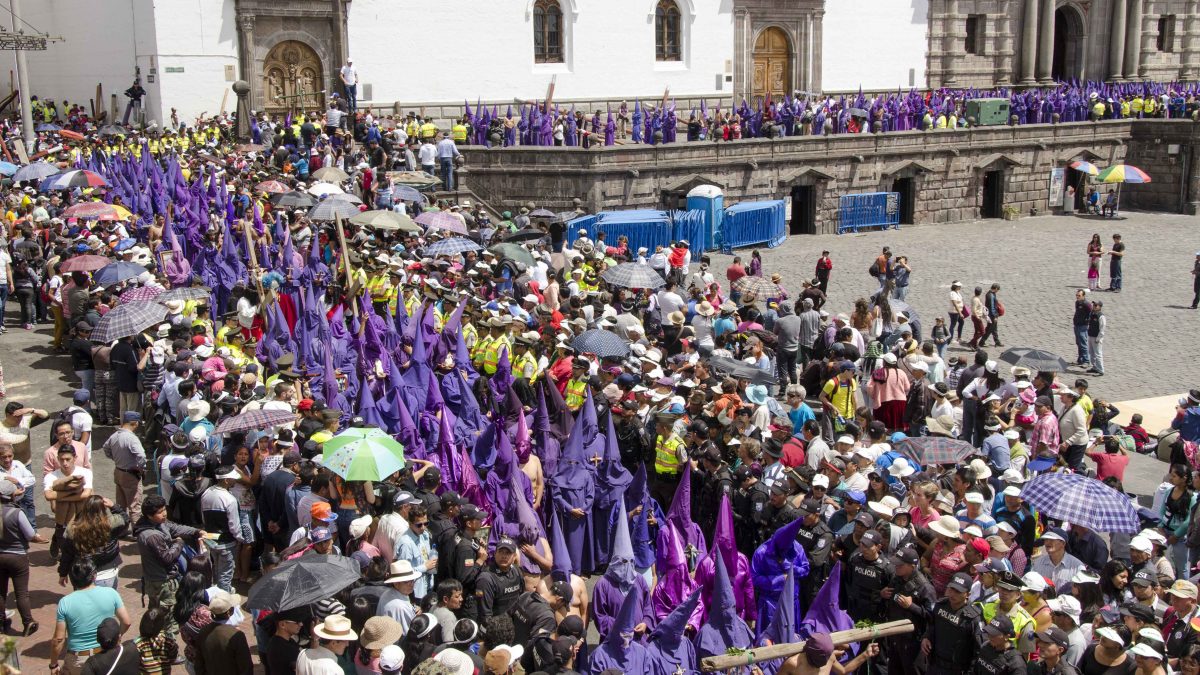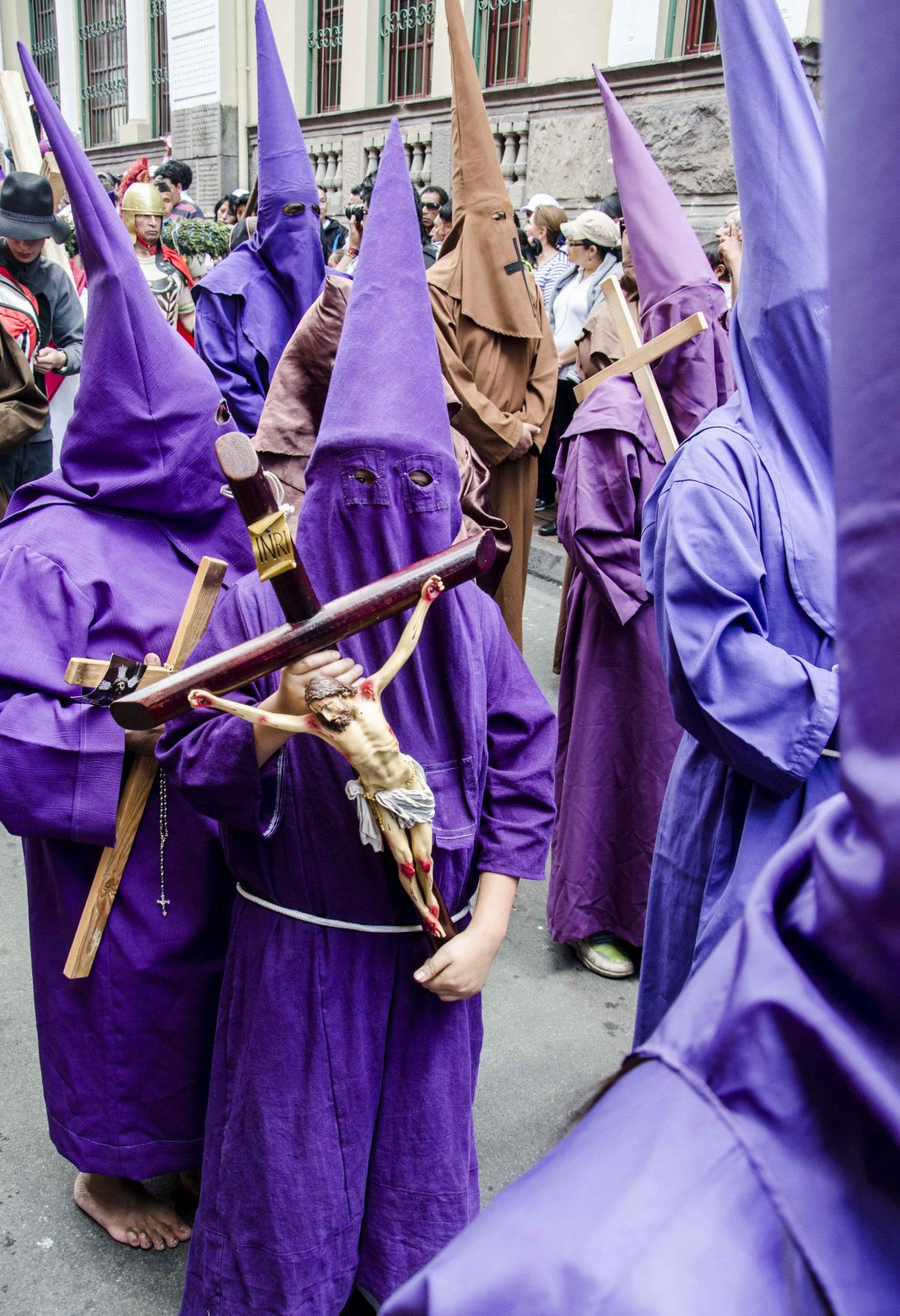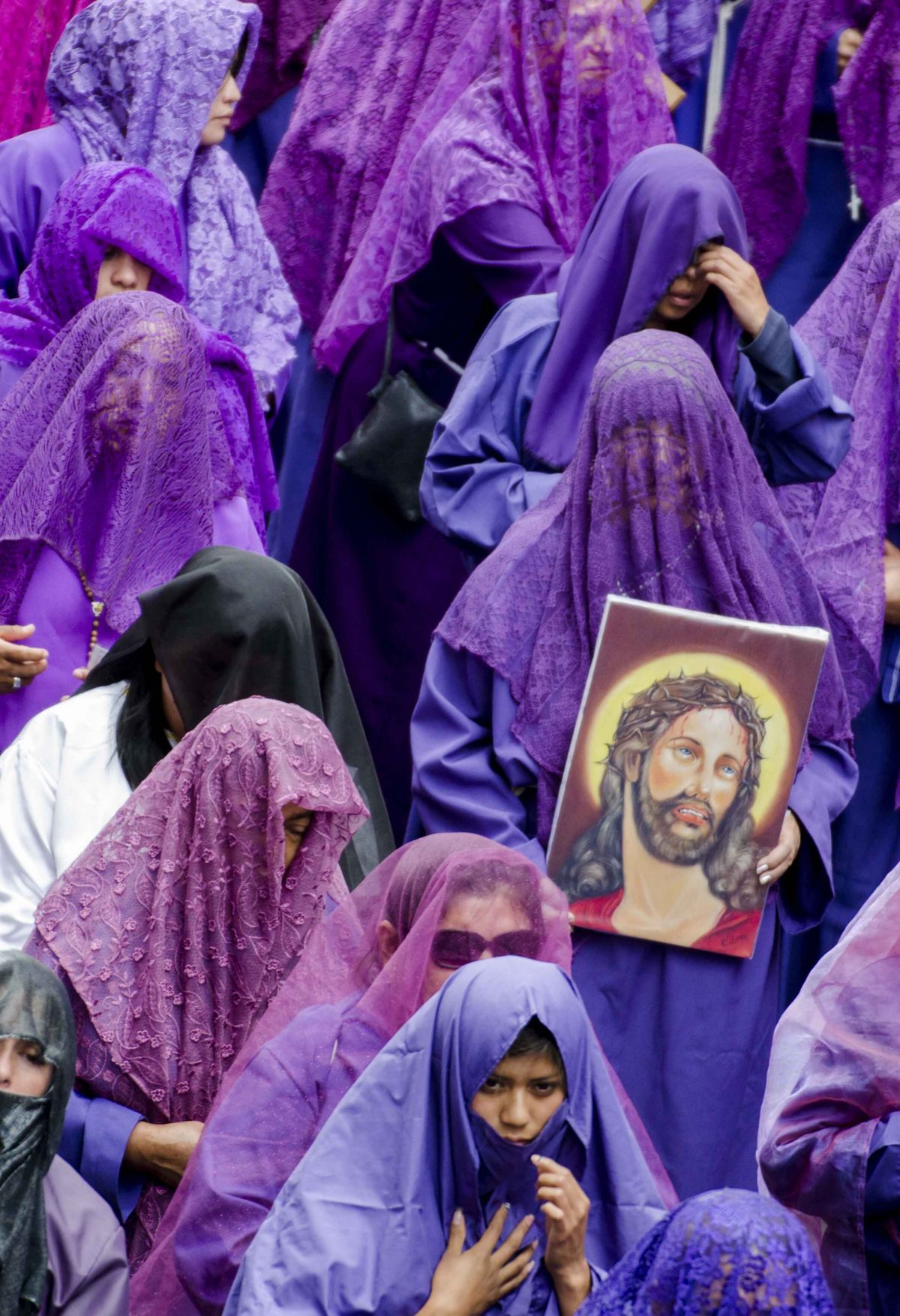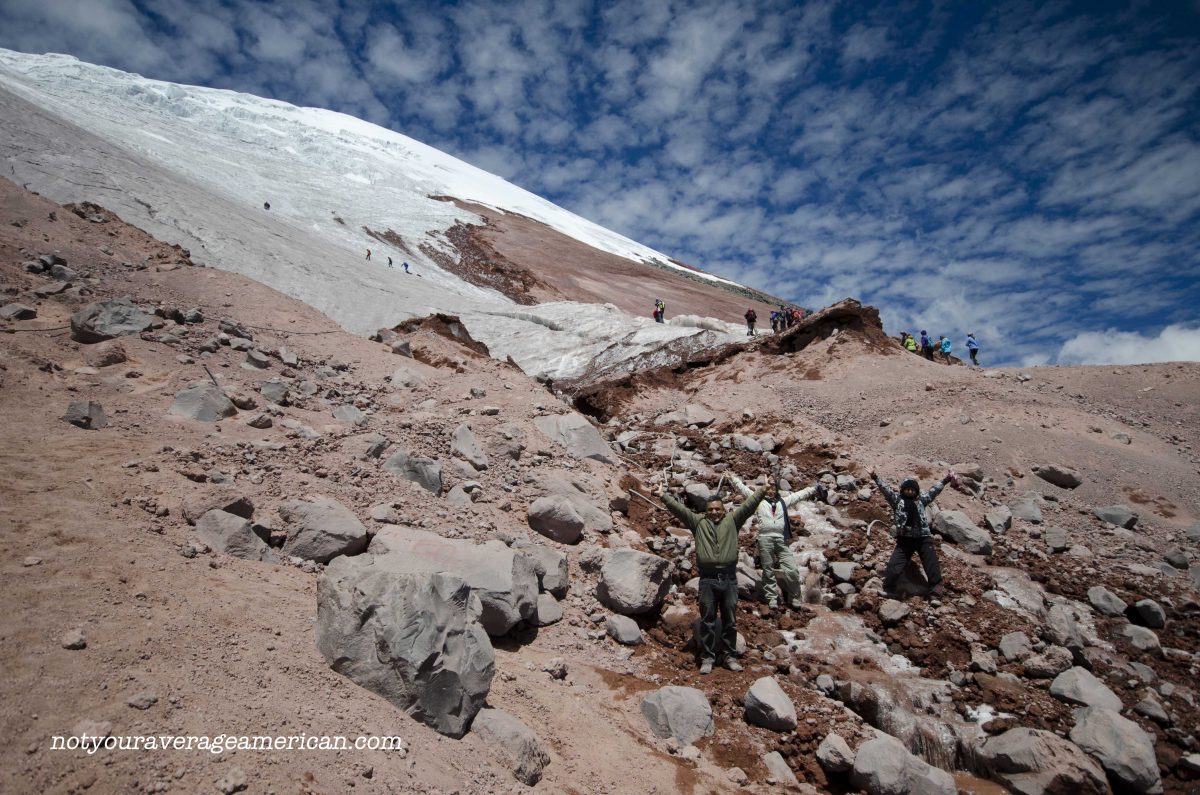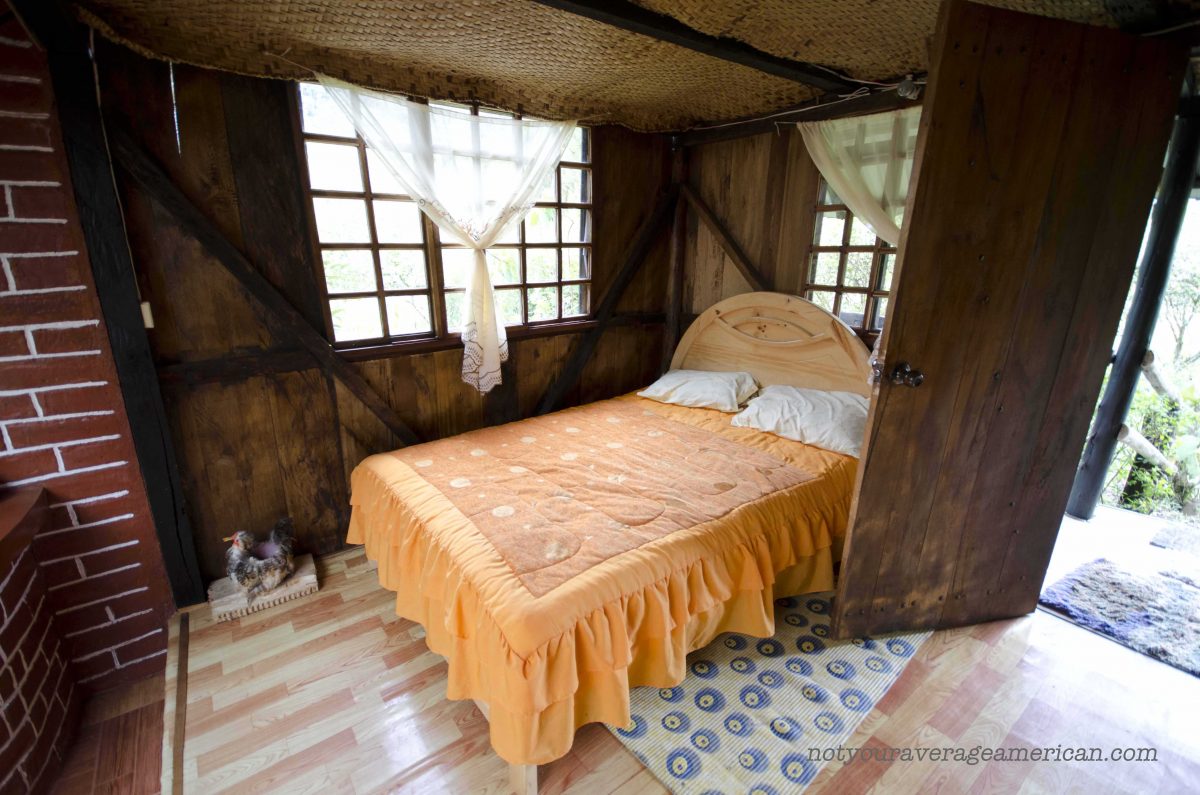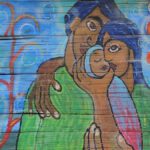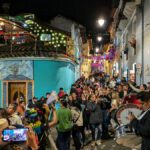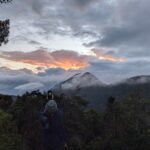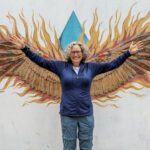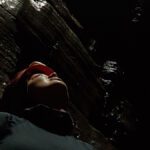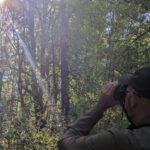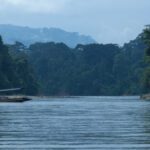Celebrating Easter in Quito, Ecuador doesn’t need to be complicated. Here is a simple guide to help you understand the ins and outs of the weeklong celebration.
Hot Tip: Easter Sunday is the least celebrated day of this event-packed week.
Holy Week in Quito
Holy Week officially begins on Palm Sunday, one week before Easter Sunday. Other important days are:
- Holy Wednesday with its unique ceremony called Arrastre de Caudas
- Holy Thursday when Quiteños traditionally visit 7 churches in the historic center
- Good Friday when the huge procession honoring Jesus del Gran Poder takes place
Beginning on Palm Sunday, many of the churches place giant rosaries made of locally grown roses over the stone crosses in their courtyards. The week also promises lots of music in the evenings. Several churches host musicians from Quito and other parts of Ecuador to sing and play in the well-known Musica Sacra concerts. Consider searching for “Musica Sacra Quito” and the appropriate year for a current schedule.
Traditional Foods
Fanesca, a delicious soup served in and around Holy Week, is a must-try. Made of twelve locally grown grains and legumes, it is a Lenten tradition not to be missed. Several restaurants offer up their own secret recipes and participate in competition to make the best version. Of course, if you can manage an invitation to a private home, that’s where the best Fanesca can be found!
Other treats you might find, especially from street vendors on Good Friday, are bowls of steamed clams (it is still a meat-free week for Catholics), higos con queso (sugar-steeped, spiced figs and fresh cheese) served sandwich-style in a freshly baked roll, and pristiños, the Crown-of-Thorns shaped donuts served with a sweet syrup made of dark cane sugar and spices.
Palm Sunday
One week before Easter Sunday, Quiteños celebrate Domingo de los Ramos or Palm Sunday. While each year brings slightly different events, at the very least you can expect a small parade to take place. The dance troupe Jacchighua Ballet hosts a procession that begins mid-morning at the Basilica del Voto Nacional and ends at the Plaza San Francisco. Some years, the arrival precedes a mass that takes place on a huge outdoor stage in the plaza. Vendors sell artisan goods and small bouquets designed specially for Palm Sunday.
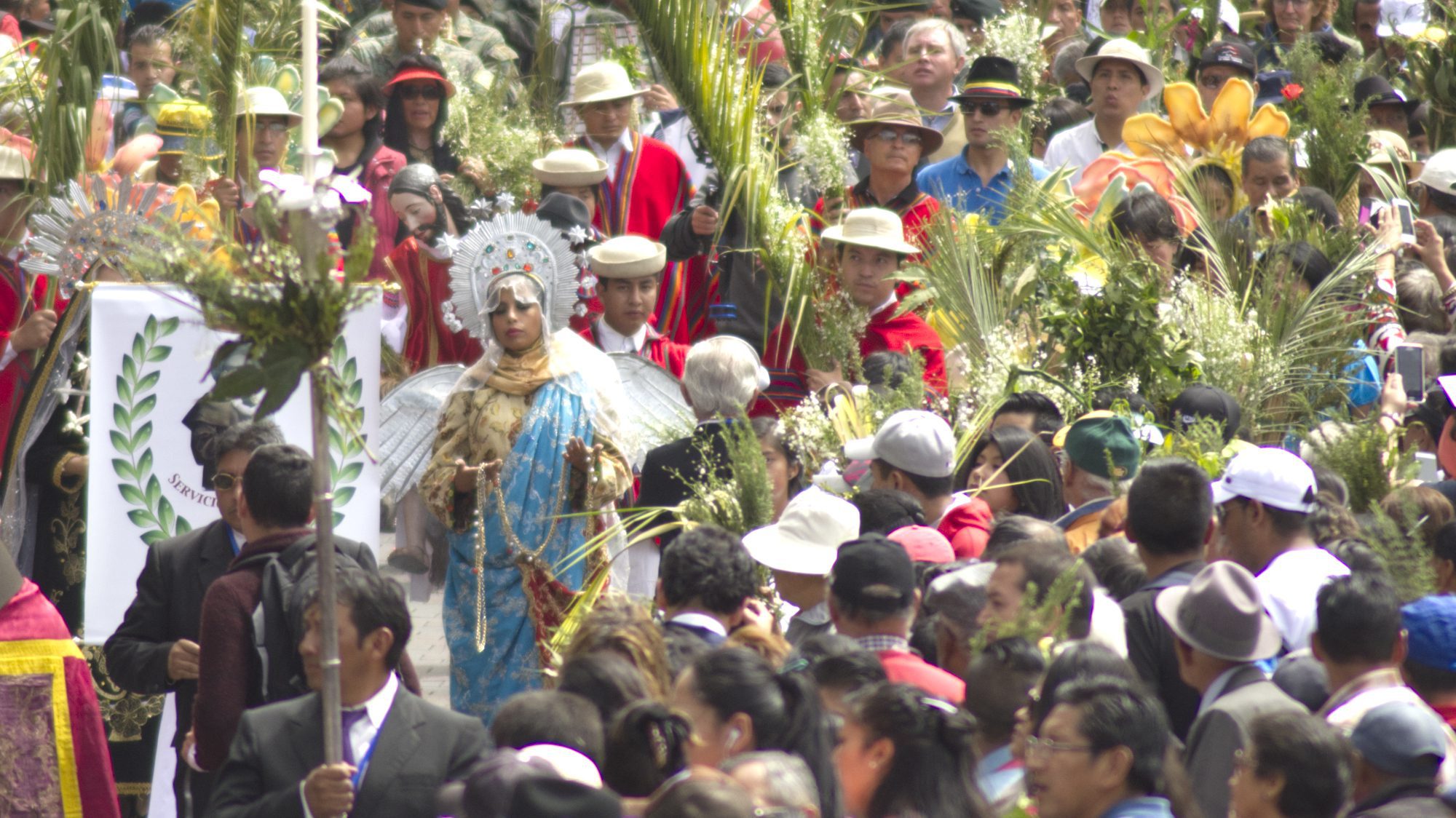
Holy Wednesday
Holy Wednesday brings an event that was once a Roman funeral ritual, the Arrastre de Caudas. The Dragging of Capes first took place in 1550, before the founding of the Real Audiencia de Quito. Today, the event takes place at the City Cathedral of Quito.
Acolytes and train-bearers accompany eight bishops wearing magnificently rich, long capes of deep black. They precede the entrance of the Archbishop of Quito who carries a beautiful bejeweled, golden reliquary holding pieces from the cross upon which Jesus died.
Dressed in dark purple, the Archbishop takes a large black banner with distinctive red lines crisscrossing both horizontally and vertically, a symbol of Christ’s painful sacrifice, and touches it to the altar. He turns and blesses the waiting bishops by waving the banner first to the left, then the right, then directly at the bishops. Then, he walks the length of the cathedral while the bishops prostrate themselves on the floor. When he returns to the altar, he blesses the bishops once again with another wave of the banner. The bishops then stand as a symbol of the resurrection.
This mysterious-looking practice is difficult for tourists to attend. In fact, if you want to find a place in the church, we recommend contacting us to hire a local guide sooner rather than later to assist you in making the arrangements.
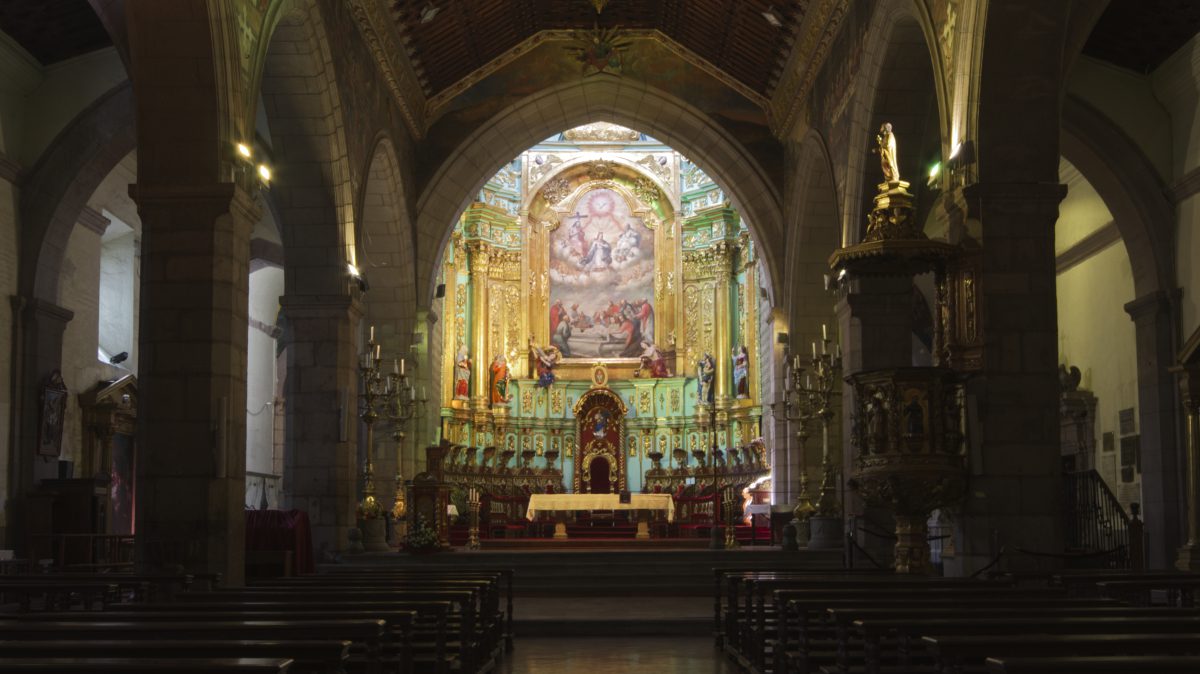
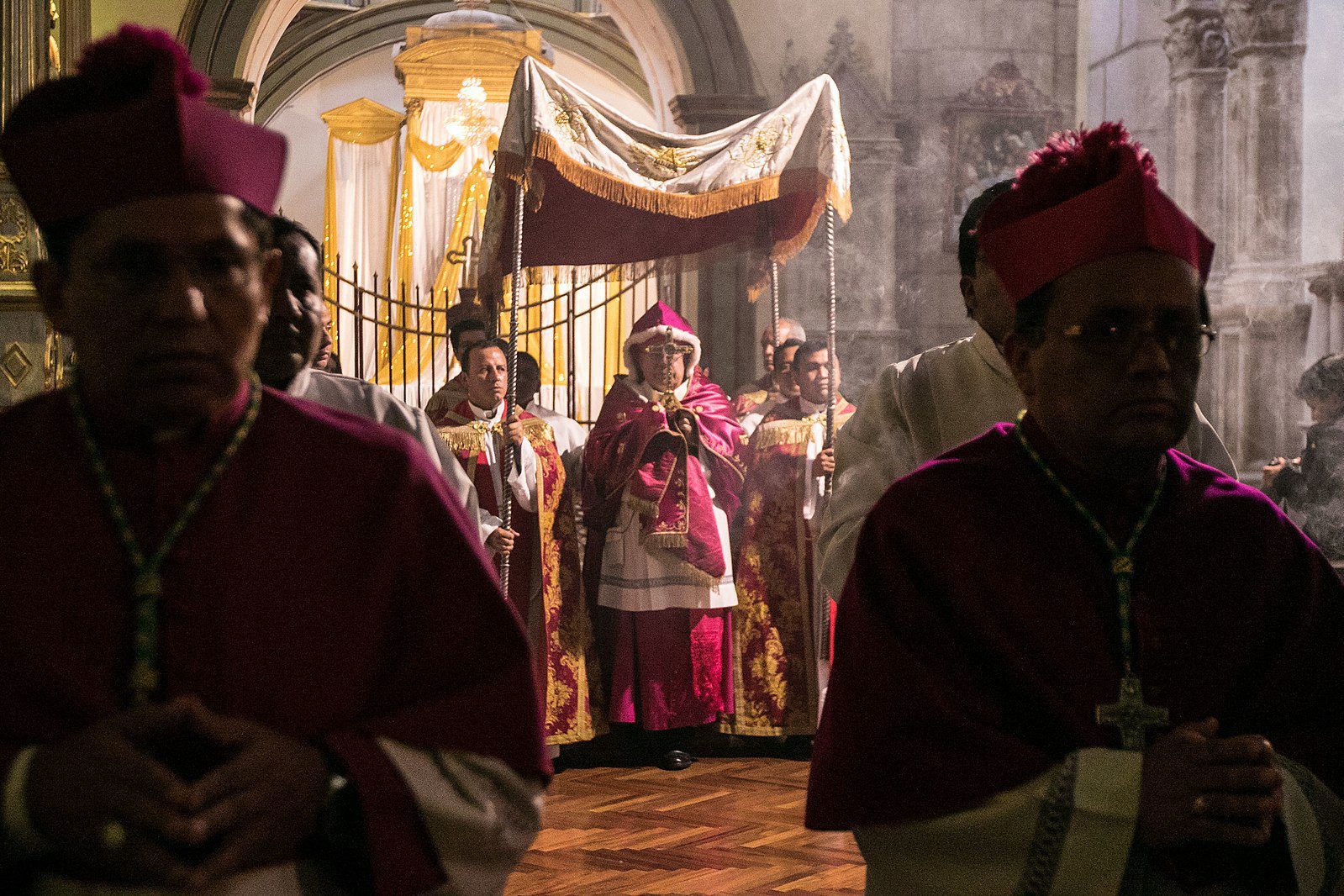
Holy Thursday
Jueves Santo, called Holy Thursday or Maundy Thursday in English, is one of my favorite days of Holy Week in Quito. In the early afternoon and into the evening, seven churches open for visitations. Quiteños meet with friends and family to spend time in prayer and reflection in each of the seven churches. The most devout will make a different, dedicated prayer in each church. The list of churches changes annually but always includes some of the oldest in Quito’s UNESCO-recognized historic center.
As the church visitations are taking place, another event starts at the Basilica del Voto Nacional, a candlelight procession. The Jacchighua Folklore Ballet leads this evocative parade of characters, one of my favorite for the entire year.
While small, the procession is impactful. Colorfully dressed characters like cucuruchos and veronicas walk alongside the Virgin of Quito. Children dressed as flowers or in native costume join in. The procession passes La Carondolet in the Plaza de la Independencia, turns into the small neighborhood of La Ronda before ending on steps of the Iglesia Santo Domingo.
Read more about the Holy Thursday Procession in Historic Quito
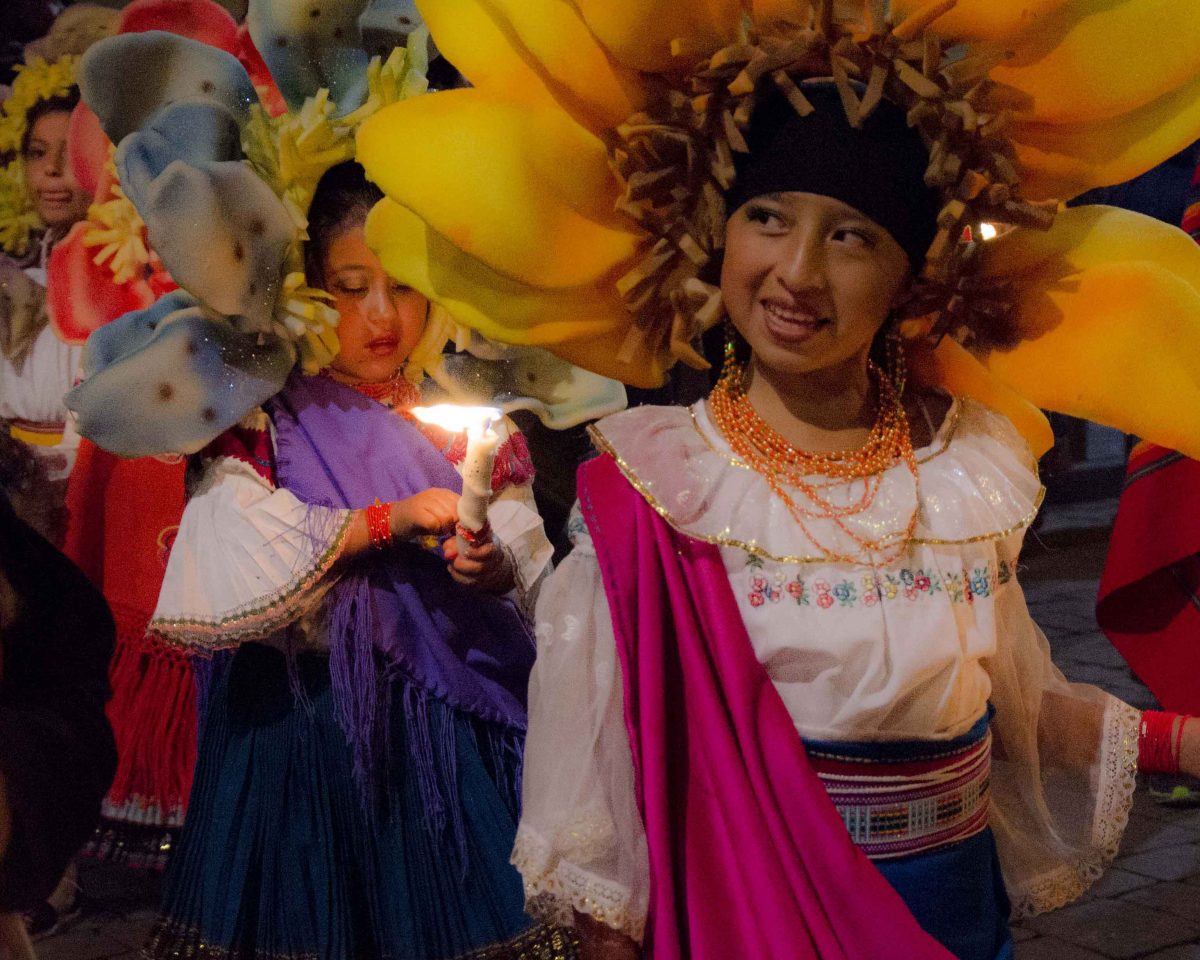
Holy Week in Quito and the Sierra
Calle De 7 Cruces, Candlelight Procession, and more
with Jacqueline Granda
Good Friday
One of the most well-known Good Friday processions in the world, Quito’s homage to Jesus del Gran Poder attracts thousands of participants every year. While it is not necessary to plan ahead to attend the procession, understanding the parade route will better prepare you for this popular and crowded event.
In recent years, the procession takes place in two neighborhoods, one to the south that is newer and the original procession that begins and ends at the Iglesia San Francisco in the historic center. We are familiar with the latter. Rumor has it that the south Quito procession started so that Quiteños could escape the tourist crowd that arrives for the parade at the Plaza San Francisco. In our experience, the procession does not feel touristy in any way, shape, or form.
This is a stark procession full of penitents and is not recommended for young children. Many of the penitents wear chains on their legs, others carry heavy yokes, some tie cactus and stingy nettles to their bodies. Several walk the route as Jesus Christ, carrying heavy crosses while accompanied by Roman soldiers. Sometimes children carry heavy burdens. More often, they walk beside their robed parents holding their hands as participants but not penitents.
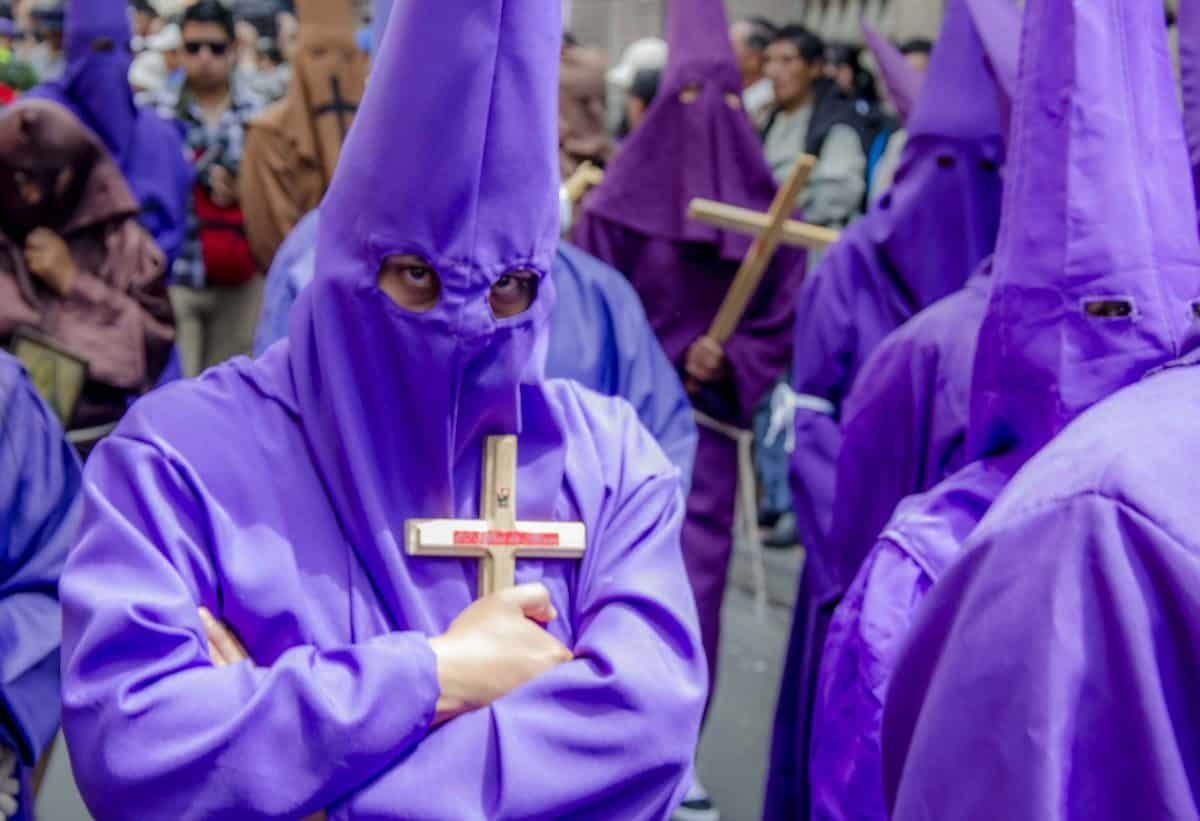
Holy Week in Quito and the Sierra
Good Friday in Historic Quito and More
Bonus evening with Diablos de Alangasi
with Jacqueline Granda
Be prepared to find a place along the parade route around 9-10 am. The 5-kilometer route can change slightly each year. It is almost guaranteed to follow Simon Bolivar from the main plaza to Venezuela. There it will proceed towards the Basilica del Voto Nacional. At some point, it drops down a block to Vargas as, upon its return, it will pass directly in front of the Basilica on Venezuela once again. We have seen it re-enter the Plaza San Francisco from different directions.
We have had good luck finding second-story balconies for the best views. Owners of homes and businesses often charge a small fee but it is well worth it if you find such a spot. By the end of the procession, every person on a narrow, cobblestoned street will be forced by the width of the parade to join the masses following Jesus del Gran Poder.
If you watch the parade from the Plaza de San Francisco, you can also observe the return of Jesus del Gran Poder. This usually happens mid-afternoon around 2 to 3 pm. In fact, if you are a late riser, this might make a good opportunity to see at least part of the procession.
Read more about the Good Friday Procession in Historic Quito
There are other, lesser advertised events on Good Friday that few people know about. For example, our friend and local guide, Jacqueline Granda, accompanied clients to the community of San Blas where they have a smaller procession that takes place earlier in the morning. She even arranged for one of our friends to participate as a robed penitent. If this kind of interaction interests you, make sure to reach out with anticipation.
Holy Saturday
While we have not attended any events on Holy Saturday, there are two events we would like to mention:
The Devil’s Procession in the Barrio San Francisco begins around 11 am with activities taking place until about 3 pm. Masked figures and turbaned saints are accompanied by musicians in a somber funeral march.
The Fire Benediction in Alangasí takes place at 6 pm in Alangasí’s central park. A fire is lit to symbolize hell and the myriad devils are forced to approach it, signifying the triumph of good over evil.
Easter Sunday
As mentioned earlier, Easter Sunday is a normal day with a return to regular Sunday services.
For More Information About Easter in Quito
Current information about Holy Week is generally published a week or two before Easter Sunday. It is a great frustration for the advanced planners among us. A general rule of thumb is that if an event took place on one holy day last year, it will take place on the same holy day this year. For example, if an event happened on Holy Thursday, it will repeat the following year on Holy Thursday.
Our recommendation is to hire a local guide and let them know what events you would like to see and have them make arrangements. Alternatively, use the information above to make general plans. If you are an easy-going tourist who doesn’t mind last-minute changes to plans, you will do just fine!
Our final recommendation is to check out our list of other festivals and holidays. The time around Easter often overlaps with several March solstice events that you might enjoy.

